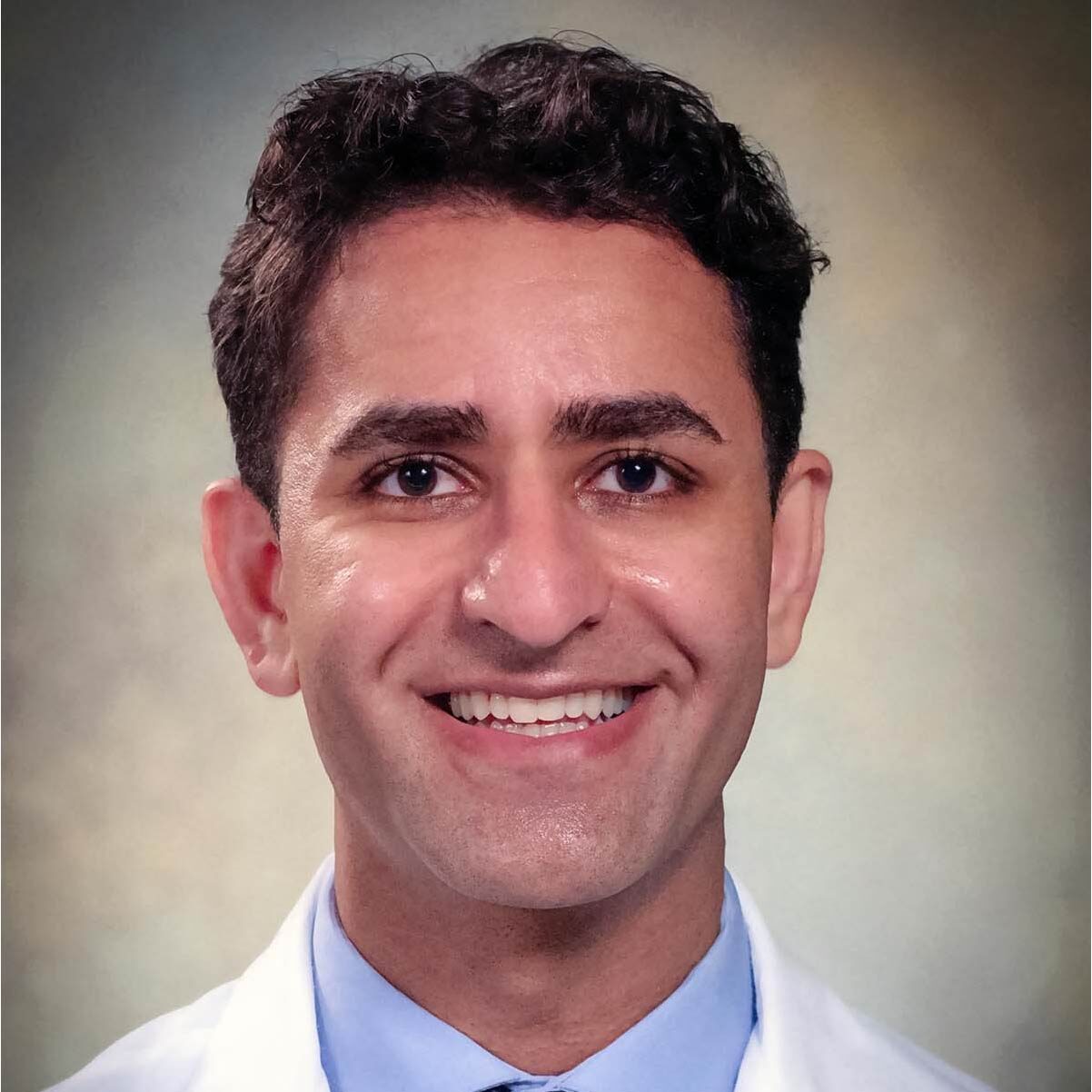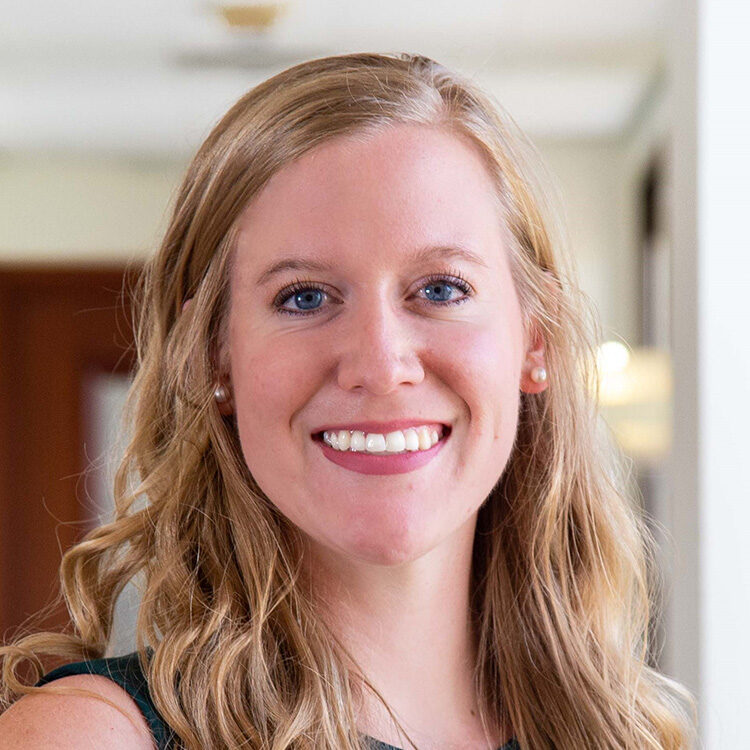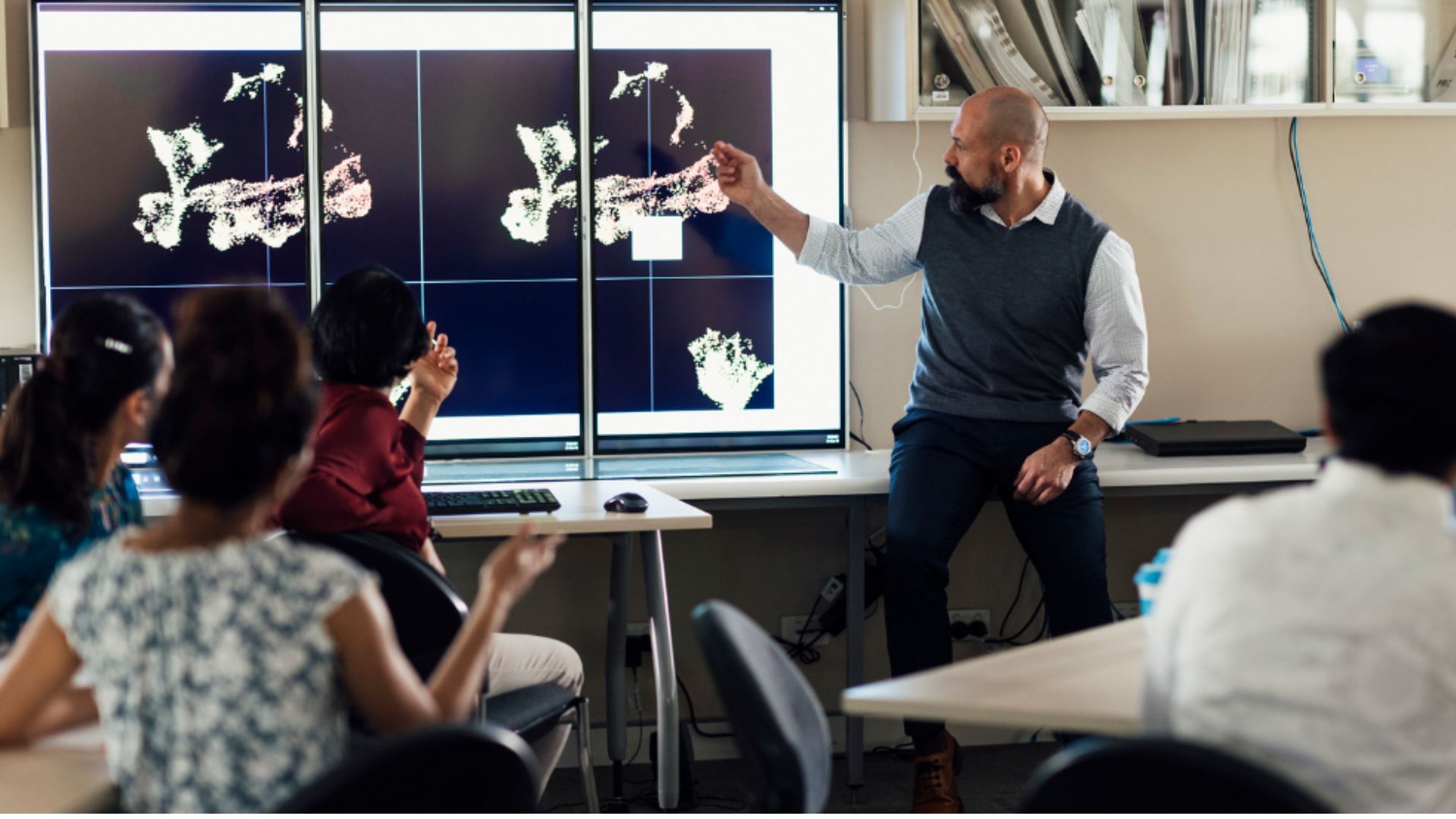
In an era defined by scientific advancements and the quest for knowledge, it may seem perplexing that pseudoscience and anti-science beliefs continue to find a firm foothold in society.
Despite the abundance of well-established scientific knowledge available today, phenomena like astrology, homeopathy, Reiki, healing crystals, faith therapy, and flat earth theory, among others, persist in our modern society.
While the fascination with pseudoscientific practices remains somewhat consistent with historical trends, the digital age presents unique challenges and dangers that distinguish it from earlier eras.
My goal in this article is to highlight the evolving nature of pseudoscience and its influence in the modern age. I will explore the concept of pseudoscience, examine its historical manifestations, and discuss the ways it has adapted and thrived in the digital age. I will also provide some insights on how to recognize pseudoscientific claims and explore the growing threat of anti-science sentiment in our ever-evolving world.
What is Pseudoscience?
Pseudoscience is any belief, process, or claim that pretends to have a scientific basis but lacks substantial evidence to justify them. It lures the curious and the desperate with the promise of extraordinary solutions, hidden truths, and miraculous remedies.
Unlike genuine science, which relies on empirical evidence, rigorous testing, and peer review, pseudoscience often thrives on anecdotal stories, charismatic proponents, and the exploitation of our innate desire for answers.
Pseudoscience frequently relies on the misuse or misinterpretation of scientific terminology to lend an air of credibility. Practitioners of pseudoscience may use scientific-sounding jargon to create the illusion of authority while failing to adhere to the scientific method’s principles.
While most scientists claim that they can recognize pseudoscience from authentic science when they see it, it may still be challenging to distinguish pseudoscientific claims from genuine scientific research.
Apart from creating intellectual confusion, scientifically unsupported claims about therapeutic interventions provide false hope. This deceptive optimism can mislead individuals into bypassing evidence-based medical treatments in favor of alternative approaches.
Believing in such unscientific practices may not only negatively affect individuals’ health and economy, but if people choose to treat their ailments with such unproven therapies, they may experience worsened health conditions, and in severe cases, fatal outcomes. [1]
Pseudoscientific Trends in the 19th Century
The 18th and 19th centuries are often regarded as the golden age of pseudoscience. While the Scientific Revolution of the seventeenth century had set the stage for the rigorous application of the scientific method, the subsequent centuries saw a proliferation of unscientific beliefs and practices that capitalized on the credibility of authentic science.
This paradoxical coexistence of enlightenment and deception was exemplified by the likes of Dr. Brodum’s “Restorative Nervous Cordial” and Franz Mesmer’s “animal magnetism.”
Franz Mesmer, a figure of intrigue in the 18th century, championed the concept of “animal magnetism.” Mesmer believed that he could manipulate an invisible magnetic fluid within the human body to heal various ailments.
His practice involved dramatic gestures and the use of magnets, which he claimed could re-balance the body’s energies and alleviate an array of physical and mental disorders.
Mesmer’s charismatic presence and persuasive techniques drew crowds seeking relief from their maladies through his treatment. Yet, his practices were devoid of scientific merit and were later debunked as pseudoscience.
Yet another example of pseudoscience during that era was homeopathy, founded by Samuel Hahnemann in the late 18th century. Hahnemann was not only a physician but also a linguist, proficient in several languages including Latin, Greek, Arabic, and various European languages.
His linguistic skills allowed him to access a wide range of medical texts from different cultures and time periods, which influenced his medical studies and contributed to the development of homeopathy.
Hahnemann believed that highly diluted substances, which in large doses would produce symptoms similar to those of the ailment, could treat various illnesses. Despite a lack of scientific evidence supporting its efficacy, homeopathy persisted into the modern era.
Similarly, Samuel Thomson advocated for “Thomsonian Medicine,” a system of herbal remedies and steam baths believed to cure diseases caused by cold. While gaining some popularity, his treatments were also criticized for their unscientific basis and potential risks.
Dr. Brodum’s “Restorative Nervous Cordial”, introduced in the early 19th century, was a prime example of the pseudoscientific remedies that proliferated during that era. Marketed as a panacea for a wide range of ailments, it promised to alleviate everything from excruciating rheumatic pains to the indiscretions of youth.
Dr. Brodum himself advertised the cordial as a miracle cure, despite questionable qualifications and a dubious medical degree. While these men did not stand alone in their touting of “miracle cures”, they illustrate the far-reaching nature of this form of “medicine” and “science”.
Pseudoscience in the Digital Age
In the 19th century, pseudoscience often relied on pamphlets, newspapers, and word-of-mouth to disseminate its claims. The audience was relatively limited, and fact-checking was often slow and arduous.
In contrast, today’s pseudoscience has harnessed the power of the internet and social media platforms to reach a global audience instantaneously. The speed at which pseudoscientific ideas can be disseminated and reinforced by online communities has accelerated the spread of misinformation, making it more challenging to counteract.
One hallmark of modern pseudoscience is its adaptability to new technologies and trends. For example, astrology, which has been around for centuries, now thrives in the digital age with astrology apps and online horoscope readings.
Reiki, a practice rooted in energy healing, has found a global audience through virtual sessions and YouTube tutorials. Healing crystals are marketed and sold online as tools for various ailments.
The danger of modern pseudoscience lies not only in its ability to reach a broader audience but also in its impact on public health and decision-making.
For instance, belief in Reiki or healing crystals might seem harmless, but it can erode trust in evidence-based science, leading individuals to question the efficacy of vaccines or other medical interventions.
Clickbait: A Catalyst for Pseudoscience
The media’s role in perpetuating unscientific beliefs cannot be underestimated. Clickbait is defined as web content that employs formulas and linguistic techniques in headlines to trick readers into clicking links, without delivering on the promises made in the headlines.
Sensational headlines and clickbait articles tend to prioritize entertainment value over scientific accuracy. The allure of sensational stories can make pseudoscientific claims seem more credible than they are, and the speed at which information spreads through social media can amplify their reach.
A study examining 1.67 million Facebook posts from 153 media organizations found that the prevalence of clickbait headlines increased from 19.46% in 2014 to 25.27% in 2016.[2]
Another study analyzed 117 headlines in the science section of selected digital newspapers and found that 64 of them used the clickbait technique. The most utilized clickbait resource was providing incomplete information (51%), which was 18% higher than exaggeration (33%).[3]
The enduring presence of pseudoscience in society highlights the importance of critical thinking and scientific literacy. While genuine scientific inquiry progresses through skepticism, testing, and peer review, pseudoscience thrives in an environment where individuals are not equipped to evaluate claims critically. Encouraging education and critical thinking skills can help inoculate individuals against the seductive allure of pseudoscience.
A Guide to Detecting Pseudoscience
In navigating the digital age, discerning between scientific facts and pseudoscientific claims is crucial. Below are seven key pointers to help identify pseudoscience. While these guidelines can provide a framework for identifying pseudoscientific claims, they are not foolproof.
It’s also important to note that science is a continually evolving field, and what may initially appear as pseudoscience could be validated with further research over time. It’s always good practice to maintain an open but critical mindset when evaluating scientific claims.
1. Verify the Sources
In the digital age, information is abundant, yet not all of it is reliable. It’s crucial to check the sources of the claims being made. Reputable sources include peer-reviewed journals, established news outlets, and authorities in the field. Peer-reviewed journals are particularly reliable as they have undergone rigorous scrutiny by experts before publication.
An article circulating on social media claims that a certain superfood can cure Alzheimer’s disease within a week. Upon investigating the sources, it’s found that the claim hasn’t been published in any reputable medical journals or endorsed by established health organizations. This lack of reputable sourcing casts serious doubt on the claim.
2. Is the Claim Reproducible?
A hallmark of scientific integrity is the reproducibility of findings. This means that when an experiment or study is repeated under the same conditions, similar results are obtained. Reproducibility helps to weed out coincidental findings and ensure that the results are due to the variables being studied, not chance or bias.
A claim about a new energy device that generates an impossible amount of power. If independent researchers cannot replicate the claimed results under the same conditions, the original claim may be pseudoscientific.
3. Are the Claims Overly Dramatic?
Be skeptical of claims that sound too good to be true or that are overly dramatic. Science typically advances through incremental progress, not sudden breakthroughs. Overly dramatic claims may be designed to attract attention, financial investment, or other forms of support rather than being based on solid evidence.
A product advertised online claims to help you lose 30 pounds in just 3 days without any diet or exercise, which is an unrealistic promise and likely a pseudoscientific claim.
4. Look for Transparency
In genuine scientific inquiry, transparency is paramount. It entails openly sharing methodologies, data, results, and any potential conflicts of interest. This openness allows other researchers to replicate studies, verify findings, or challenge conclusions, thus promoting a healthy scientific dialogue. Lack of transparency, on the other hand, can obscure the truth, hinder the verification process, and may indicate pseudoscientific practices.
A study claiming a new supplement improves memory but doesn’t provide data or methods describing how the study was conducted.
5. Check Credentials
It’s essential to verify the credentials of individuals making scientific claims. Reputable scientists have relevant academic degrees, professional affiliations, and a track record of peer-reviewed publications. Checking credentials helps ensure that the person has the necessary expertise and is working within a community that values accuracy and integrity.
A person claiming to have developed a new dietary supplement that can cure Alzheimer’s, but they have no background in neuroscience, medicine, or a related field, and are not affiliated with any reputable medical institution.
6. Look for Peer Consensus
Scientific consensus is achieved when a large majority of the experts in a field agree on the interpretation of the evidence regarding a particular topic. It reflects collective agreement based on a robust body of evidence.
The overwhelming consensus within the scientific community regarding human-induced climate change, based on extensive research and evidence, as opposed to a small fringe group denying this consensus without backed evidence.
7. Check for Logical Fallacies
Logical fallacies are errors in reasoning that undermine the logic of an argument. Being able to identify such fallacies can help discern pseudoscientific claims which often rely on flawed logic rather than evidence.
The use of anecdotal evidence, like a single story of someone claiming to be cured by a non-medical treatment, as proof that the treatment works for everyone, ignoring statistical evidence or controlled studies.
Clicking Towards Credible Science
In today’s click-happy world, we often stumble upon flashy claims that sound too good to be true. Pseudoscience, with its catchy phrases and promises, tries to grab our attention at every scroll. But not all that glitters is gold. I hope this article gave you a handy toolkit to spot the pseudoscience red flags and steer clear of misinformation.
As we continue to explore and question the world around us with a curious yet cautious mind, we become better equipped to separate fact from fiction.
So, the next time a headline promising a miracle cure catches your eye, dive a little deeper and see what’s really beneath the surface. Through understanding and awareness, we can all play a part in promoting a more scientifically savvy society, one click at a time.
References
[1] Lim, Alissa, Chris B. Del Mar, and Alex A. T. B. Barendregt. “Adverse events associated with the use of complementary and alternative medicine in children.” Archives of Disease in Childhood, vol. 96, no. 3, 2011, pp. 297-300
[2] “Researchers Studied 1.67 Million Clickbait Headlines. What They Learned Will Completely Shock You.” Inc.com
[3] Zaharía, A.M. “Opportunities, Challenges, and Risks of Clickbait in the Scientific Communication.” Proceedings TEEM 2022: Tenth International Conference on Technological Ecosystems for Enhancing Multiculturality. TEEM 2022. Lecture Notes in Educational Technology. Springer, Singapore.
Related Articles



